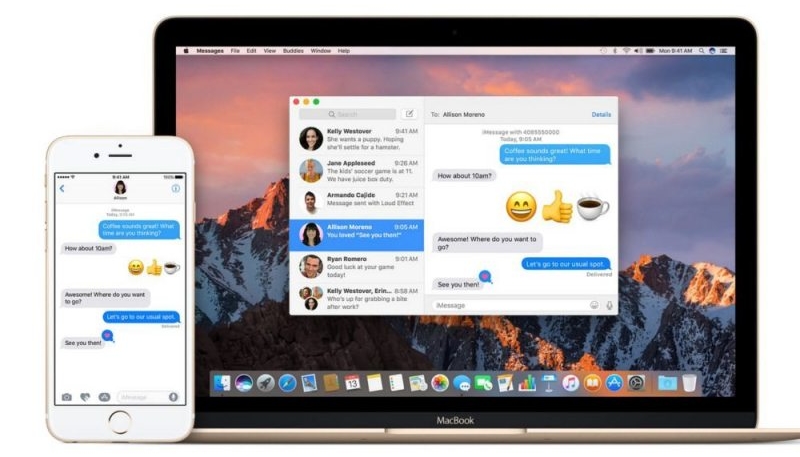Younger Americans, especially those who were born after 1996 and are known as “Gen Z,” prefer Apple devices by a large margin over Android devices. This is due to social pressure, says a Financial Times report.
The FT report says younger consumers are concerned about being socially ostracised for not having an iPhone. This drives Gen Z’ers to buy an iPhone, which leads them to buy other Apple products and services. This is leading to a growing market share for the Cupertino firm, across multiple product categories.
Gen Z Members Prefer iPhone
Gen Z’ers make up 34% of all iPhone owners in the U.S., compared to just 10% for Samsung. Older buyers split their handset purchases 50/50 between the iPhone and Android devices. The preference for Apple devices among younger people goes beyond the iPhone, as they are also much more likely to purchase AirPods, Apple Watches, and Macs.
“The strength of the Apple ecosystem creates a moat that is fairly impenetrable by the competition,” Shannon Cross, an analyst at Credit Suisse said. “It really makes it hard to change the trajectory. Apple is just going to continue to gain share over time.”
While the iPhone sells for an average selling price of nearly three times that of the average Android device, research by Canalys shows that for every 100 iPhones Apple sells around the globe, it also sells 17 Apple Watches, 35 pairs of AirPods, and 26 iPads.
Fear of a Green Text Balloon
Researchers that track the preferences of Gen Z consumers told FT that Gen Z’ers spend up to six hours a day on their smartphones, the most online time of any age group. This means Apple’s ecosystem helps shape buying decision-making, much of it due to iMessage’s importance as a social signal, related to the green text balloons in chats with Android users. Gen Z’ers see Android as providing a lacking experience when involved in group chats via SMS.
In addition to the green text balloons, when iPhone users in the group send videos or photos, they often show up smaller than they would appear through iMessage.
“A green message — anyone with an Android — throws off the entire chat, because now the whole thing has to be SMS,” said Annelise Hillman, the 24-year-old chief executive of a men’s grooming business. “So the social pressure to get an iPhone is pretty insane.”
To be fair, the blue text balloons and added features available to iMessage users are by design, as Apple focuses on creating a “closed” system to encourage users to stay in the company’s ecosystem, which results in users buying other Apple devices and accessories.
What About Europe?
In Europe, iMessage is less prevalent as Android has a larger market share. However, the same trend is visible there. Canalys research indicates that 83% of Apple users in western Europe under 25 years old plan to carry on using an iPhone in the future. As Gen Z’er age, the trend is likely to continue, making it increasingly difficult for Android phone makers to capture new customers.


